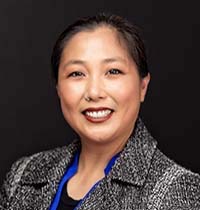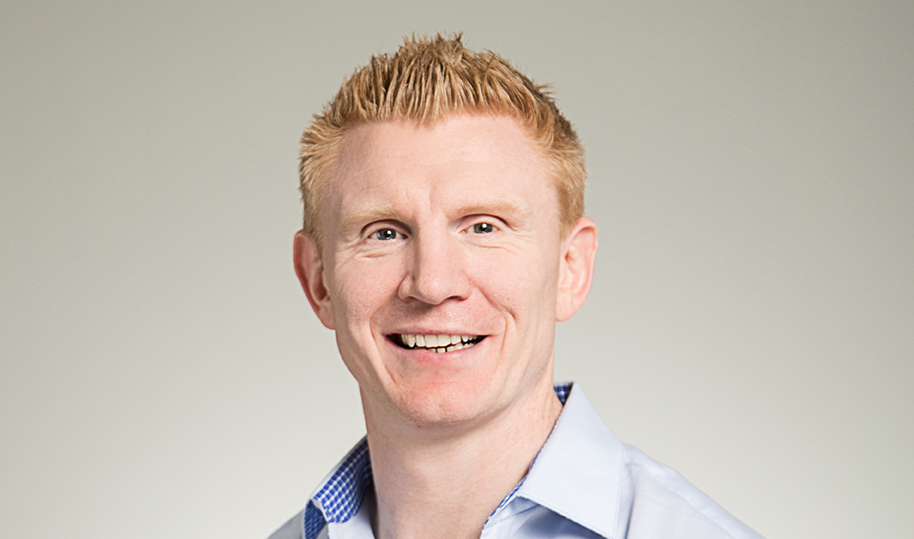Academia is no longer the only realm seeking answers to questions in addiction care
By Jennifer Taylor
Research—the engine that drives higher-education institutions—is starting to become prevalent outside academia and inside some residential addiction and behavioral health treatment centers. Their questions—such as Are our treatments successful within our patient populations?—are foundational. The answers, the data, are what scientists hope to share with leaders in their field to ultimately track, build upon and improve long-term patient outcomes.
Just last year, Nashville-based Cumberland Heights Foundation faced unprecedented challenges—the rapid transition to telehealth from the onset of the coronavirus pandemic, a big shift in admission processes in response to COVID-19 guidelines and, later, waves of pandemic fatigue like those that have washed over healthcare facilities across the country. Yet while all that was going on, the addiction and behavioral health treatment center quietly launched a new cloud-based data repository with inputs shared among six other peer organizations in the region. It’s a good change for our field to see that providers across the country are investing in the research staff to, at the very base, better understand how their treatments are affecting their patients.”—Nick Hayes, chief science officer at the Cumberland Heights Foundation
Over the past 10 to 20 years, substance use disorder treatment providers have invested proactively or strategically in bringing research staff into their organizations full time, according to Nick Hayes, Ph.D., chief science officer at Cumberland Heights Foundation.
“It’s a recent phenomenon, and a good phenomenon,” Hayes says. “It’s a good change for our field to see that providers across the country are investing in the research staff to, at the very base, better understand how their treatments are affecting their patients.”
The Early Days of Research-informed Care
It was 1969 when Hazelden Betty Ford Foundation, one of the country’s most innovative addiction treatment and recovery centers, released its first formal outcomes study, which led to its establishment of the Butler Center for Research in 1977.
“There was a recognition at the time that it was important for us to know if what we were doing to help individuals struggling with addiction was working,” says Quyen Ngo, Ph.D., executive director of the Butler Center for Research, adding that it was important for Hazelden to help inform the field of addiction. Since then, Hazelden’s research arm has grown to include three Ph.D.-level researchers on staff, of whom two are clinicians.
“We understand both the clinical side of things and the research side to really think about how we do this ethically, how we do this well and how we comply with federal guidelines around human subjects research,” Ngo says. “That is a very complex endeavor.”

In 2012, Hazelden released groundbreaking research that became the field’s leading opioid addiction treatment protocol: “Medication-assisted treatment for opioid use disorder within a 12-step based treatment center: Feasibility and Initial Results,” by authors Audrey A. Klein and Marvin D. Seppala. Hazelden was one of the first 12-step-based programs to include medication-assisted treatment (MAT) for opioid use disorder, Ngo says.
“Those efforts were very driven by research,” she says. And it was those efforts that led to the research being published in the Journal of Substance Abuse Treatment in support of the use of medication. “Even in the 12-step programs, there was a lot of resistance—a lot of hostility to the incorporation of MAT. But they really advocated for this because that is what the science showed worked well for individuals dealing with opioid use disorder.”
Ultimately, Ngo believes increased partnerships and the experiences of frontline treatment providers can inform what happens in academia to ensure that there’s less of a disconnect between what researchers discover and what is applied in addiction treatment. There’s also an opportunity to create generally accepted standards and measures, something Ngo says remains pretty distant right now.
“The more that treatment centers, stakeholders, government officials, policymakers and academic researchers collaborate to establish solid standards that are adopted in a quality way across the field, the better,” she says.
We’re constantly trying to improve our ability to not only measure the outcomes, but to follow patients over time. We know if they remain engaged, they have better outcomes.”—Greg Hobelmann, co-CEO of Ashley Addiction
Research in Residential Treatment
Ironically, the pandemic set in motion circumstances that accelerated the opportunity for residential treatment centers like Cumberland to gather information in alternative ways.
Research on the psychology side of residential treatment, for example, is assessment heavy, labor-intensive and expensive, says Hayes. It’s a process that requires staff to support the whole process from start to end.
But now it has become cost-effective for some treatment centers to leverage what used to be very sophisticated tools to measure change, according to Hayes: “We have better access to measure and wrangle data than ever before. It’s really a product of opportunity.”

One of the most impactful innovations prompting this shift in research in some residential treatment centers, according to Hayes, is Apple’s iPhone, which debuted in 2007, and the smart-device revolution that followed. “The iPhone has changed our lives fundamentally,” he says. With smartphones, healthcare systems such as treatment centers could, for example, measure heart rate and heart-rate variability to monitor patients day to day or send outpatient surveys for depression and anxiety.
“These smart devices are what has changed the game, and [they are] a big part of what has changed the game for research today,” Hayes says.
This year, the Research Institute at Cumberland Heights Foundation expanded efforts to monitor and measure patient change for up to one year post-discharge. The growth of the measurement program reflects Cumberland’s commitment to monitor and examine how patients respond to treatment and, as best as possible, ensure patients’ overall progress, Hayes said in an annual report.
Other residential addiction and behavioral health treatment centers are also invested in research. About two years ago, Ashley Addiction, based in Havre de Grace, Md., brought on a researcher from Johns Hopkins University who has helped the center build out its research program. Since then, Ashley has been improving its ability to gather information and inform staff about the importance of research, says Greg Hobelmann, M.D., co-CEO and president of Ashley Addiction.
“We’re constantly trying to improve our ability to not only measure the outcomes, but to follow patients over time,” Hobelmann says, adding that Ashley will continue to look at pharmacology to determine what is most beneficial and learn how to best keep people engaged over time. “We know if they remain engaged, they have better outcomes.”
Caron Treatment Centers, based in Wernersville, Pa., also is conducting onsite research, some in partnership with universities, according to Olapeju Simoyan, M.D., the center’s founding medical director of research. An advantage of having research done onsite, according to Simoyan, is that it can speed up the publication of findings. “Sometimes there’s a long gap between getting research out of academic institutions into the real world,” she says.

Current studies at Caron include looking into repurposing medications such as suvorexant (a sleep aid for people with insomnia) for some patients in treatment centers. “Insomnia is a significant risk for relapse,” Simoyan says.
Elsewhere, Hazelden is collaborating with the Mayo Clinic, in Rochester, Minn., in a randomized clinical trial on the anti-craving medication acamprosate to study if the medication works to treat patients with SUD. “The aim of [the study] is to be able to develop a very simple blood test that will be able to tell individuals whether or not they would respond to [the medication],” Ngo says.
Additionally, the National Association of Addiction Treatment Providers (NAATP) in 2019 created a national clinical data repository (Addiction Treatment Outcomes Program) through its nonprofit Foundation for Recovery Science & Education (FoRSE). It allows individual SUD treatment centers to submit protected patient data accessible through a centralized data repository and application programming interface that allows data sharing from other technology systems. By collecting the data, treatment programs have the ability to access and compare patients’ outcomes. The collaboration is meant to support many providers that do not have the resources to conduct research. “The field lacks data comparing public and private, nonprofit and for-profit, inpatient and outpatient, telehealth and in-person treatments,” according to NAATP.
“I think we are all going to learn a lot,” Hayes says about the future of the collaboration. “It’s really going to help support further quality initiatives in the future.”
Top photo: Emily Morter; second photo from bottom: Neil Soni













